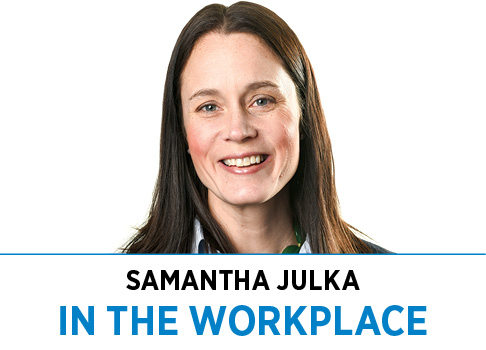Subscriber Benefit
As a subscriber you can listen to articles at work, in the car, or while you work out. Subscribe Now Abductive reasoning is using an incomplete observation to make the best prediction we can. My statistician colleague might give us a side eye when we write an insight based on abductive reasoning because she sees it as an unconfirmed logical leap. It can get a bit tricky when we look at human behaviors with our Math Hat on, but when we put our Design Research Hat on, abductive reasoning is a must to wade through complex qualitative data.
Abductive reasoning is using an incomplete observation to make the best prediction we can. My statistician colleague might give us a side eye when we write an insight based on abductive reasoning because she sees it as an unconfirmed logical leap. It can get a bit tricky when we look at human behaviors with our Math Hat on, but when we put our Design Research Hat on, abductive reasoning is a must to wade through complex qualitative data.
As we all continue to reconsider the office, we are going to need to engage many forms of logic: inductive, deductive and abductive. We will need to make some predictions; to make the best predictions possible, one skill we need to hone is seeing the unsaid.
Can I give you an example? A few weeks ago, I was standing in a workshop with a group of people working on a problem that focused on how they might redesign their space to fit the same number of desks but give each an overall larger footprint. Essentially, we were trying to figure out how to cram more into an already-packed space. We were working with little paper cutout desks and twisting and turning them on the floor plan to see how we could make this work.
While watching the people involved struggle to figure out how to defy geometry, I wondered to myself, “Why aren’t they removing a rather large hospitality station that exists in their room?” No one moved it or even mentioned it; it was like it wasn’t even there. When I asked if they needed the hospitality station, I was met with blank stares. They said no. Problem solved? Not exactly, but it did free up some much-needed space.
Thus, the power of abductive reasoning: I was able to make a logical leap they simply overlooked or didn’t even see. Good qualitative researchers listen not only for what people are saying but also try to key in on what they are not saying. Taking stock of things that go unmentioned can be incredibly helpful in a complicated problem-solving process.
After this project, I began to think about our own office and what things existed inside that were simply not thought about anymore, or maybe thought about differently in our current work environment. One element that immediately came to mind was the tack surfaces covering the walls of our office. Historically, we used them to tack up bits of project work to analyze qualitative data collected on post-it notes or scraps of paper.
In the age of a more hybrid workforce, this method doesn’t really work for us anymore. It’s hard for two researchers to review a tack board when one of them is working from home. Interestingly, we did quickly repurpose our tack boards to house elaborate Zoom backgrounds. If a person were to physically come visit us today and look at the art on our walls, they might wonder, “Why is it so low and positioned in such tight clusters?” These are things we have adapted for today but would plan for in our next office space … however, I’m not sure our team would actively even bother talking about the tack boards.
As leaders open offices again and organizations evaluate their office spaces, it might be a worthy exercise to think back over the last several months and ask yourself, “What haven’t people been talking about?” Those who are thinking and planning for the future should brush up their skills in the art of the unsaid and embrace some abductive reasoning.•
__________
Julka is founder of Indianapolis-based DORIS Research, which uses design thinking to organize workspaces.
Please enable JavaScript to view this content.
